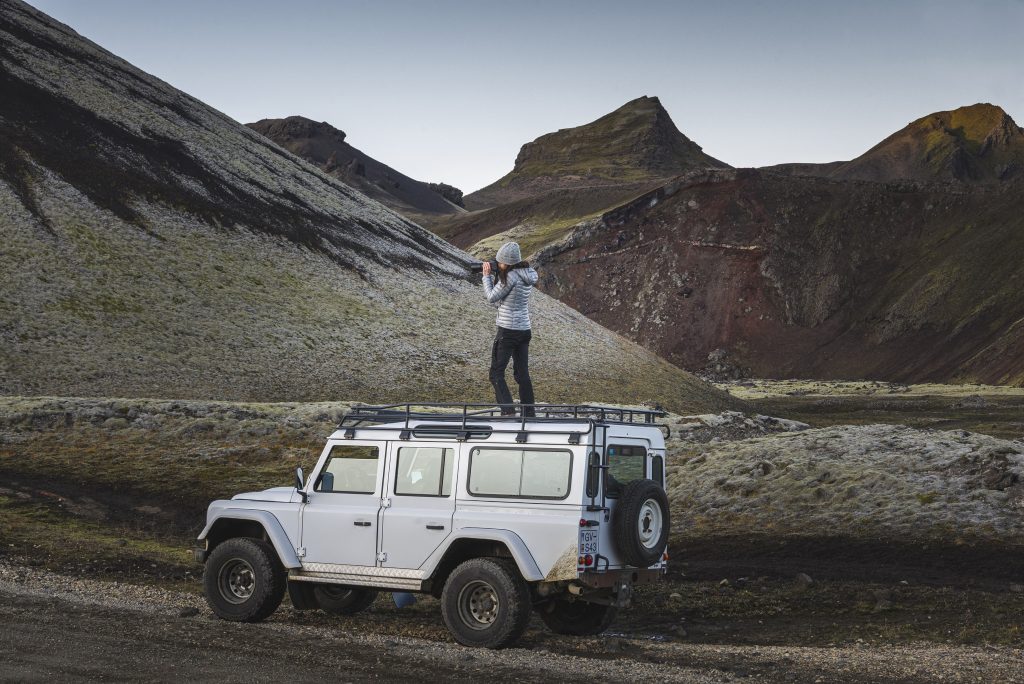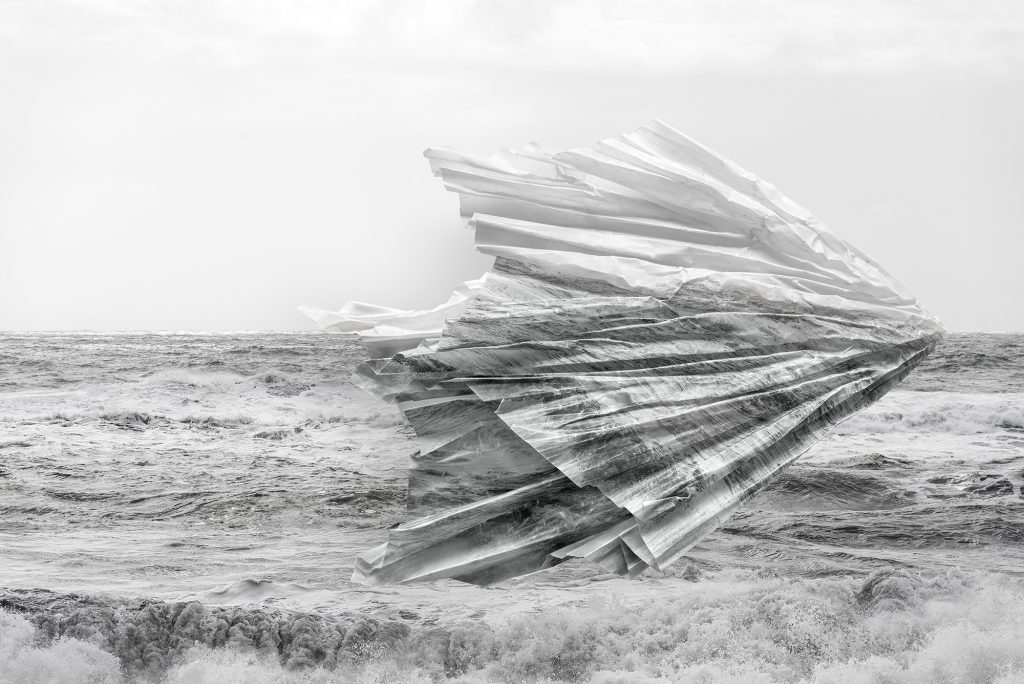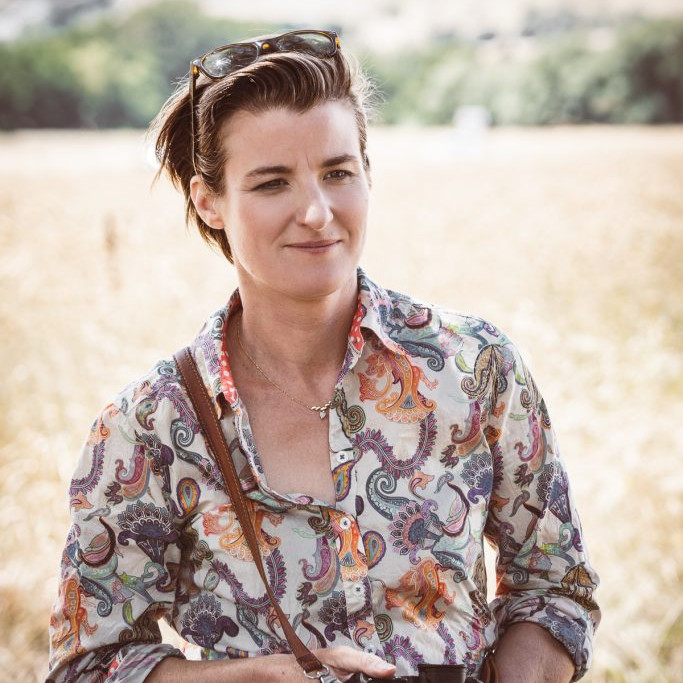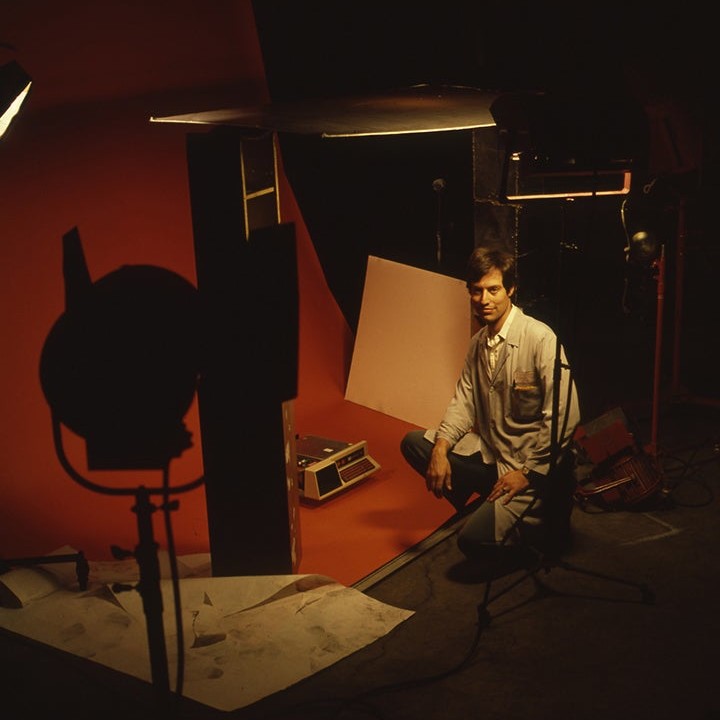Ingrid Weyland Photographer
Your current work emphasizes climate issues, comment.
Initially, I was mostly a portrait photographer, although nature was always present in one way or another in my work. The turning point was a trip from the south of Argentina to Greenland’s ice sheet. I forged an intimate connection with these vast, unspoiled, surreal, and immense landscapes that seemed to me to contain their own particular mood and beauty. On a return trip to Greenland some years later, I was overwhelmed by the changes that had taken place since my first visit in 2015. I noticed with sadness how people failed to adhere to regulations, not respecting boundaries, and it started showing on the landscape in the extreme south to the extreme north.
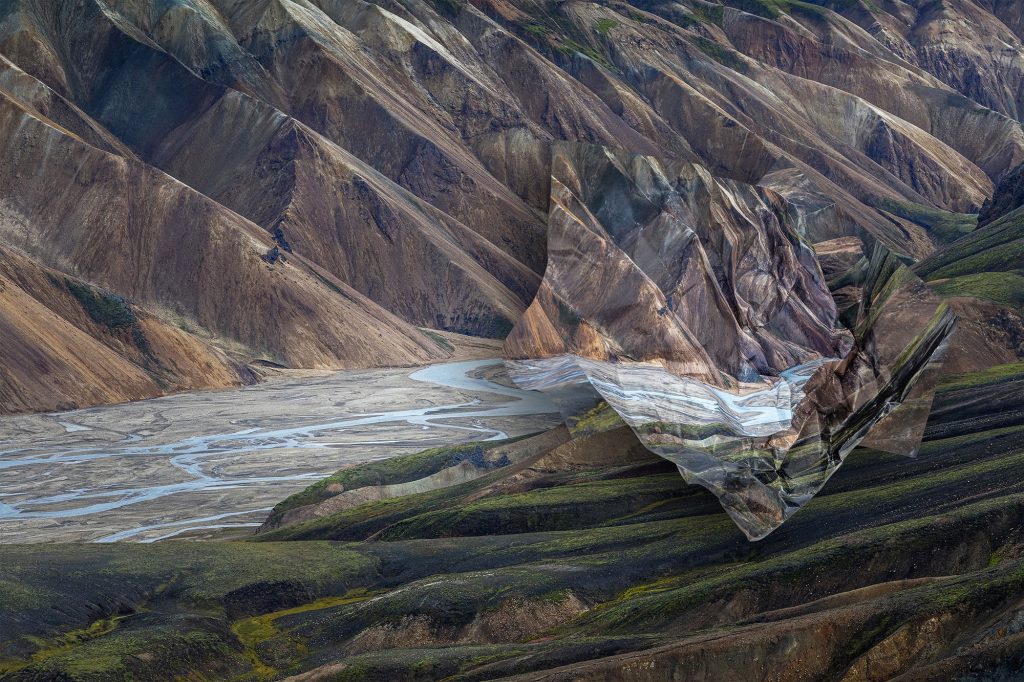
Topographies of Fragility II
This exact moment marked my urgency to inspire change. I sensed that simply showing beautiful sceneries was not enough; I wanted to find a way of conveying both beauty and decay at the same time. I wanted my work to remind people of their impact on the planet and to make them stop and think about what we stand to lose as a result of climate change.
Discuss how in your work you use photography and the perception what is real and what is manufactured.?
I believe “expanded photography” allows viewers to spend longer observing and interacting with my art. They may feel a strange sensation inside, and on a second viewing, they may see the scene in a different light. This is all part of the process of understanding what is happening before their eyes and that there is something to discover within the image.
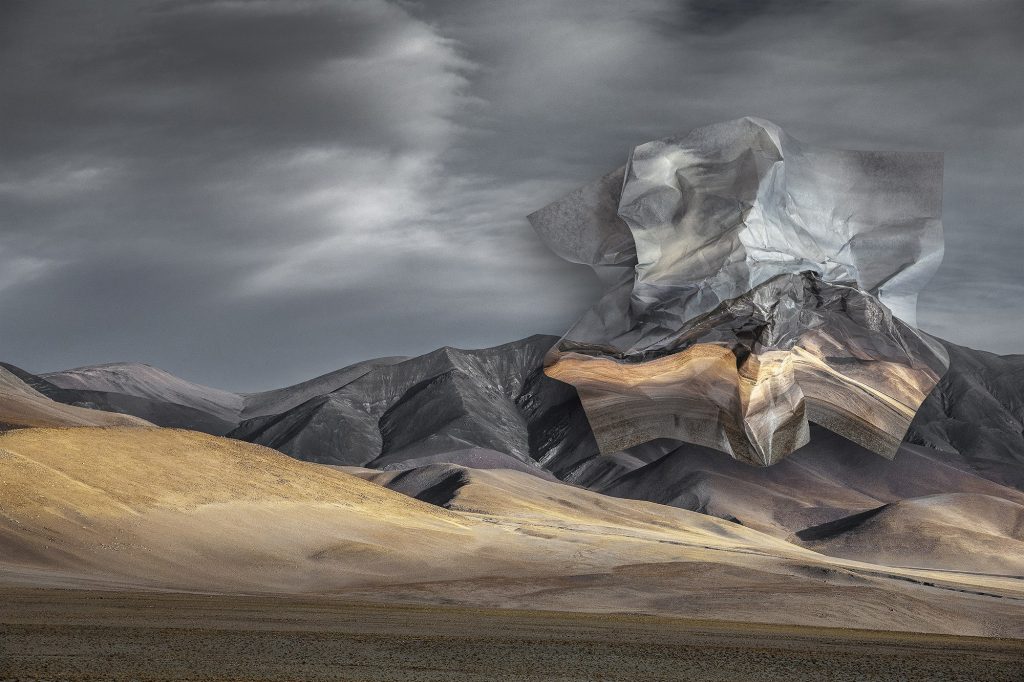
Topographies of Fragility IV
This suspended time between observing and processing what is in the image before their eyes allows the viewer to feel and think of their own experiences in nature and with their surroundings. I believe this is what my art does: it requires active participation from the viewer.
Take three different environments you have transposed, Rainforest, Desert, and Ice fields in your recent series, Topographies of Fragility.
My current work doesn’t focus on specific local environmental issues but rather serves as a metaphor for the fragility of nature, as well as the fragility of humanity itself.
The images from Topographies of Fragility were initially chosen among my archive of images from my travels, and I think these are the kind of environments that I identify more with, where I can feel this strong connection. Icebergs, remote, isolated locations have always interested me.
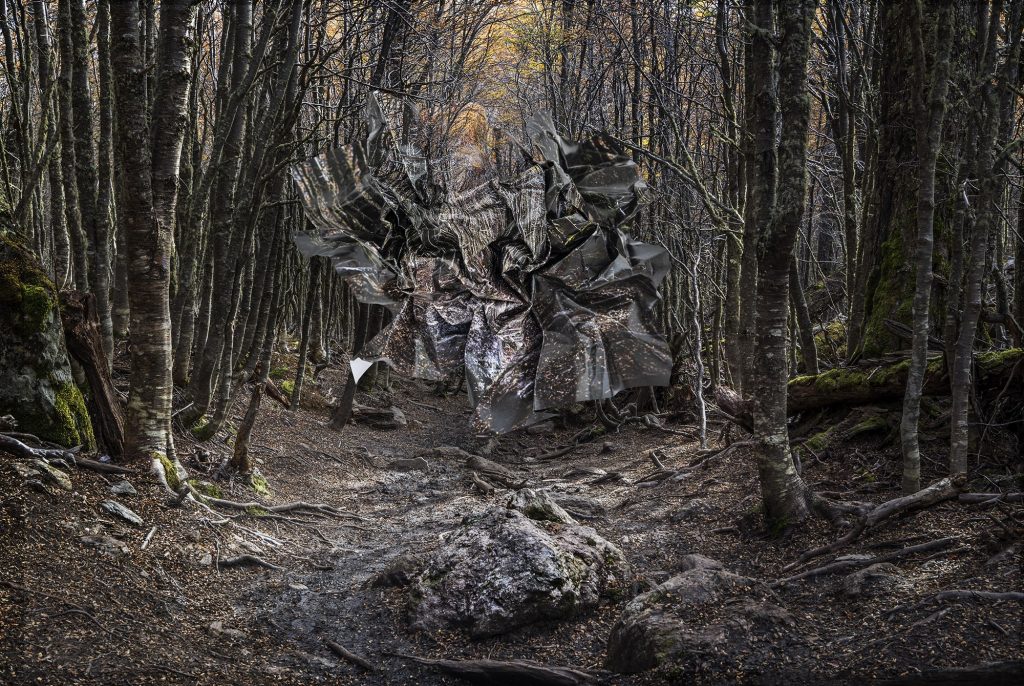
Topographies of Fragility IX
The Arctic and Antarctic areas play vital roles in the future of climate change, as they both help keep our planet’s climate in balance. Although I have not yet visited Antarctica, it has been my dream in recent years.
By intruding into the photographed landscape with crumpled paper you are showing ‘…disrespectfully, invaded is forever broken’ discuss.
The recurring theme in my work is that we are all connected: nature and humans together. The driving force behind my work is a desire to highlight the relationship between humanity and the environment. Humans fail to take care of the planet, but nature can also be violent in return. There is a link in this conflict; there is a cause and effect.
Thus, I started thinking about the vulnerability of nature and began to work on enacting violent gestures on my landscape images, reshaping them until they became something altogether different. In the same way, we humans alter and damage our environment with sometimes irreversible consequences.
There is something compelling in the fact that my own hands “perform” this damage on my own photographs of places of pristine beauty.
It is said that a crumpled piece of paper can never regain its original shape; the trace persists. In the same way, nature which is disrespectfully invaded is forever broken, and many times unrecoverable.
Your work ‘Eye of Fire’ was different from ‘Topographies of Fragility’ rather than adding you have removed part of the image, using flame, comment.
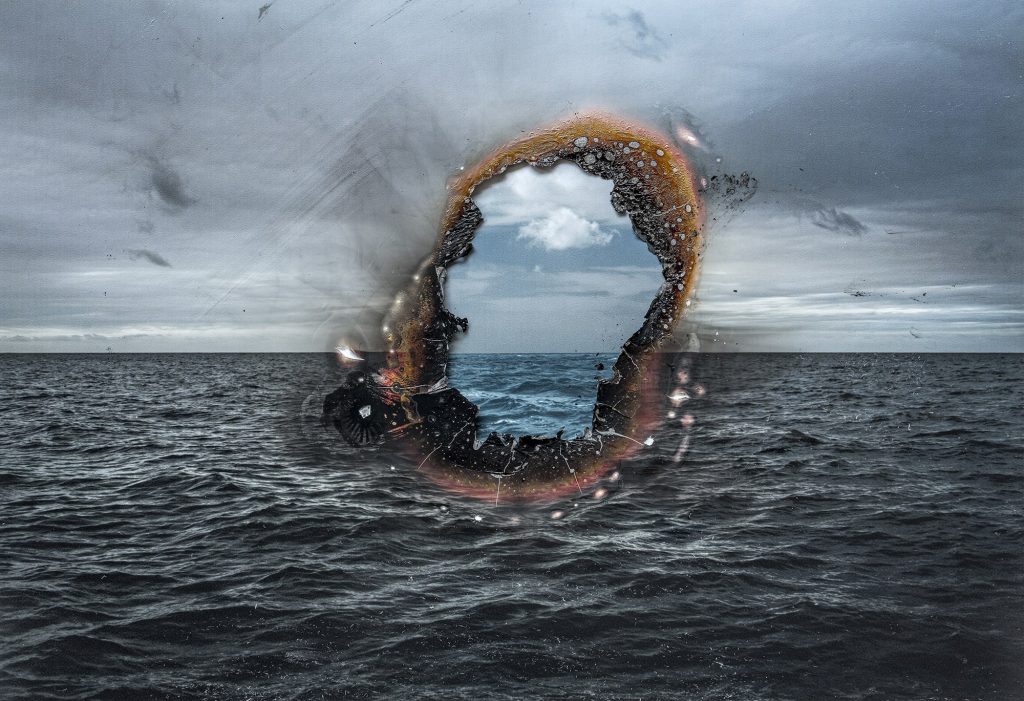
Eye of Fire I
While I was working on Topographies of Fragility, I started thinking of new and different ways of altering or destroying my printed images. After one of the great fires in Patagonia, I thought that maybe I could also try to burn some of the landscapes and leave a “window” or an “eye” through which one could get a small glimpse of what the untouched landscape should look like or used to look like.
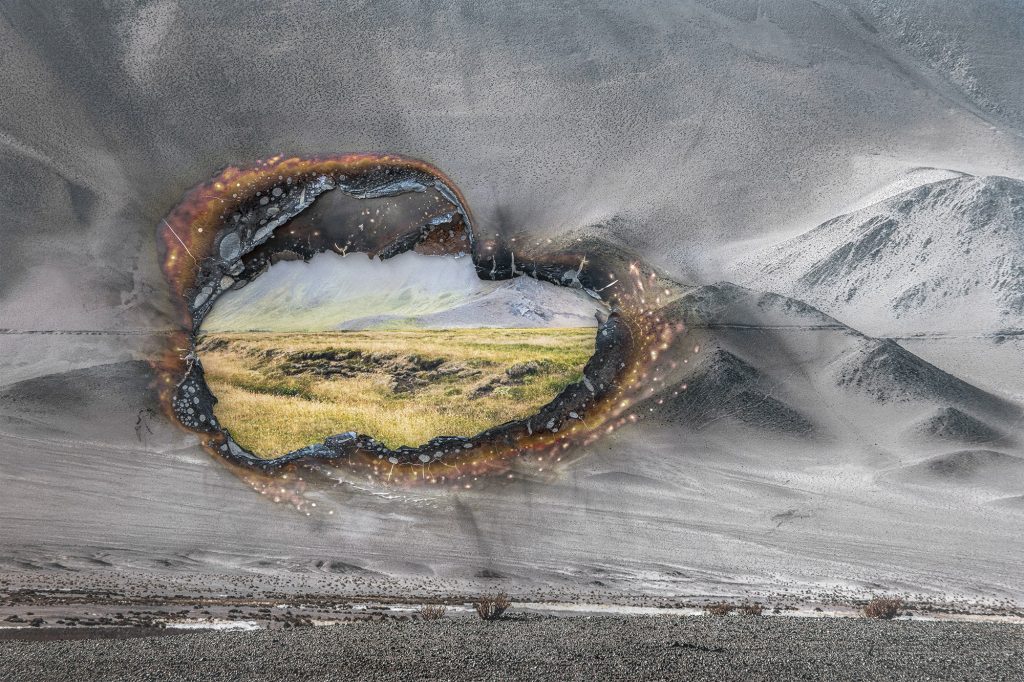
Eye of Fire III
The hypnotizing quality of fire has always attracted me, one can stare at it for hours, yet this same fire burns forests and this is happening more and more frequently across the world. This is practically the same action, to burn paper and watch how it burns, deforms, destructs and transforms the colors and texture of what was before untouched nature.
Around that time, there was an explosion because of a gas leak at a marine platform in the Gulf of Mexico, and I watched in the news fire blazing straight out of the middle of the sea and imagined the damage caused to marine life. This led to my first “Eye of Fire” artwork.
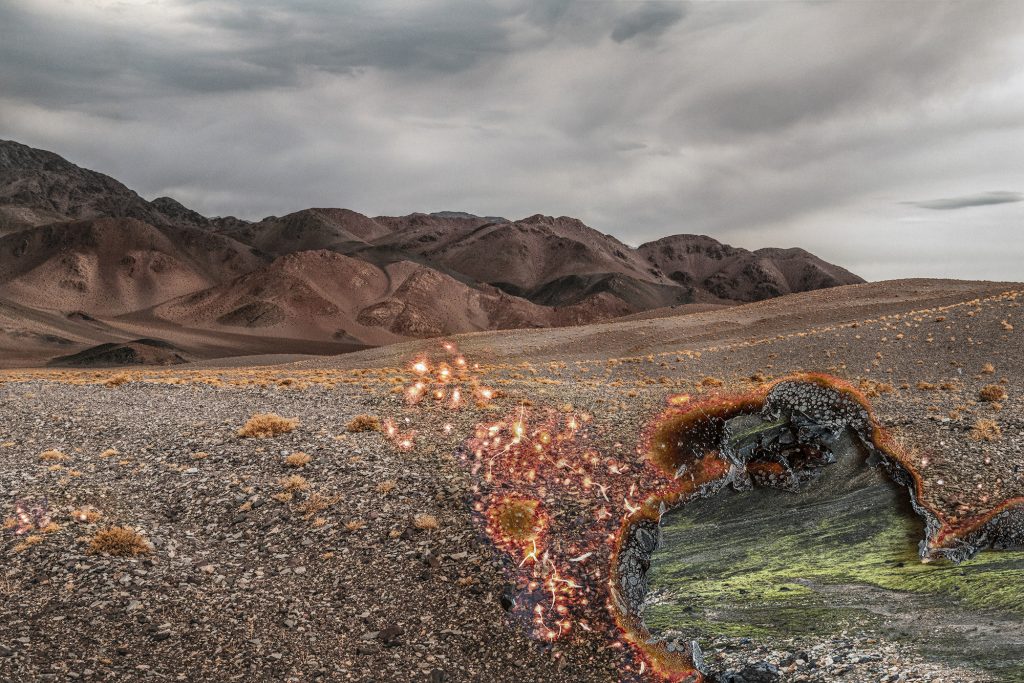
Eye of Fire II
You have travelled widely, take three landscapes that have haunted you and why?
While I was working on Topographies of Fragility, I started thinking of new and different ways of altering or destroying my printed images. After one of the great fires in Patagonia, I thought that maybe I could also try to burn some of the landscapes and leave a “window” or an “eye” through which one could get a small glimpse of what the untouched landscape should look like or used to look like.
The hypnotizing quality of fire has always attracted me, one can stare at it for hours, yet this same fire burns forests and this is happening more and more frequently across the world. This is practically the same action, to burn paper and watch how it burns, deforms, destructs and transforms the colors and texture of what was before untouched nature.
Around that time, there was an explosion because of a gas leak at a marine platform in the Gulf of Mexico, and I watched in the news fire blazing straight out of the middle of the sea and imagined the damage caused to marine life. This led to my first “Eye of Fire” artwork.
Nature is full of surprises for the viewer to see, discuss this in respect to your photography and how you highlight them.
Visually, my projects aim to convey a sense of silence through imagery, a time for contemplation and introspection. For me, nature has always been a “safe” personal place, and I offer that to my viewer as well as they take a moment to look at my work and see what emotions it arouses in them.
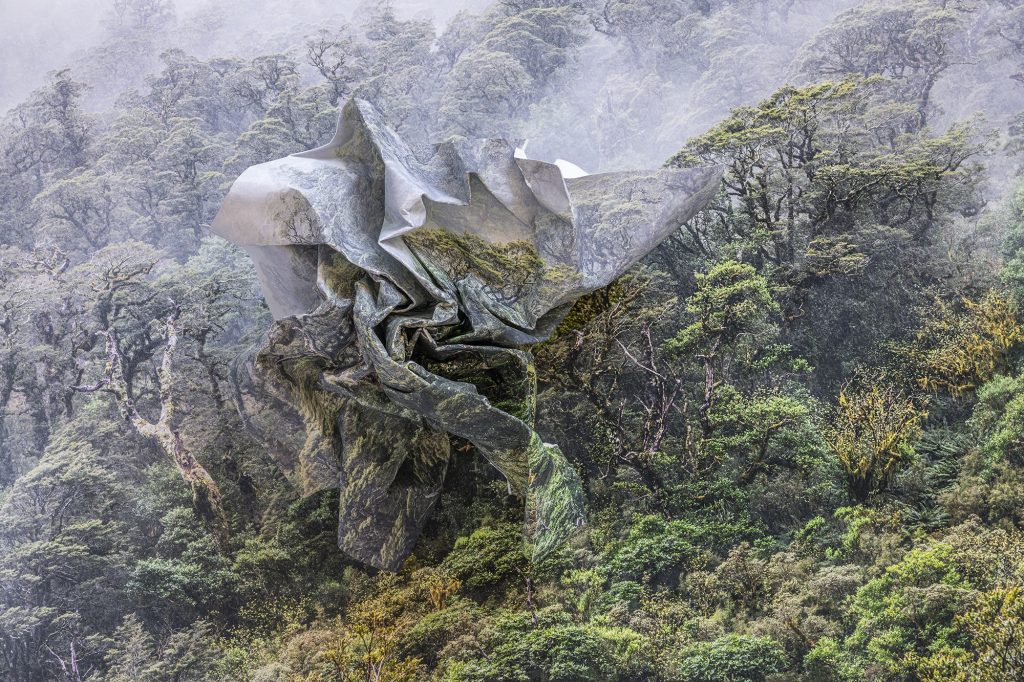
Topographies of Fragility V
You come from an artistic family in Argentina, how influential has this been to your career choices?
I mostly lived with my grandparents. My grandfather was an architect, and my grandmother a sculptor; they both also painted. I grew up among colored pencils, art papers, blueprints, inks, and clay. My passion for form, image, and composition arose from them. This led me to study Graphic Design at the University of Buenos Aires.
You have had many, exhibitions in New York – Are the ‘New Yorkers’ more receptive of your work?
I could not affirm that New Yorkers like my work more than other states in the US do, but Klompching Gallery received me and my work with open arms; the owners are very professional and hardworking people. I also felt a very generous and warm welcome from within the artist community in the US; I have made quite a few friends, it was a very grateful surprise for me, and I treasure it.
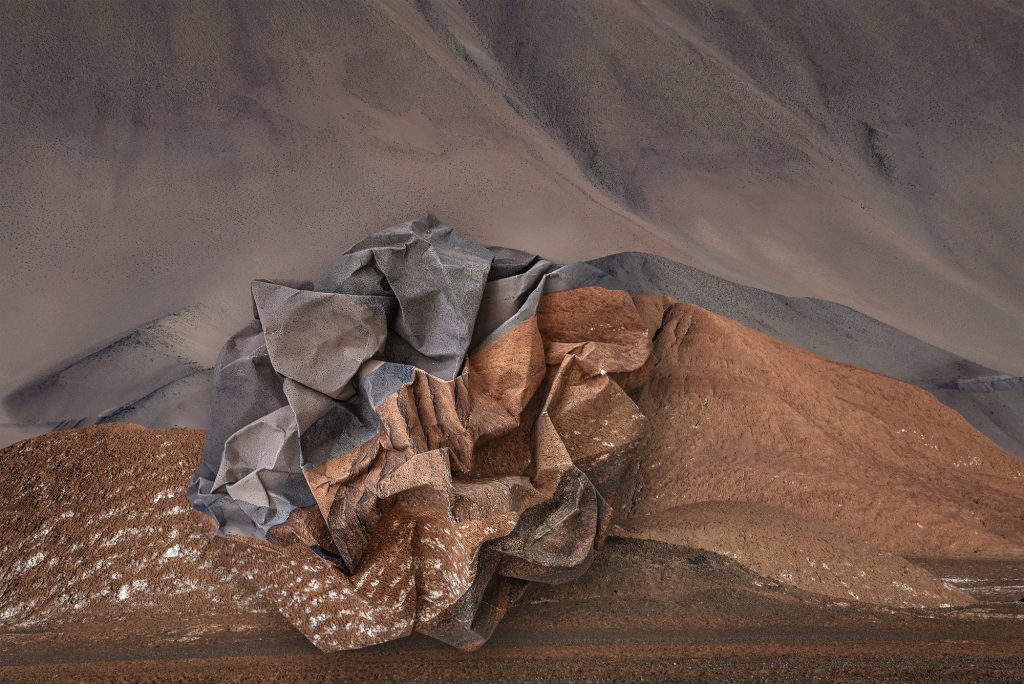
Topographies of Fragility XXII
How large are most of your photographs?
Most of my photographs are 100 or 120cm large (on the longest side), but I intend to make larger ones in the near future. It is my dream to be able to exhibit huge artworks, and I have also been working on crumpled paper sculptures to show with my photography.
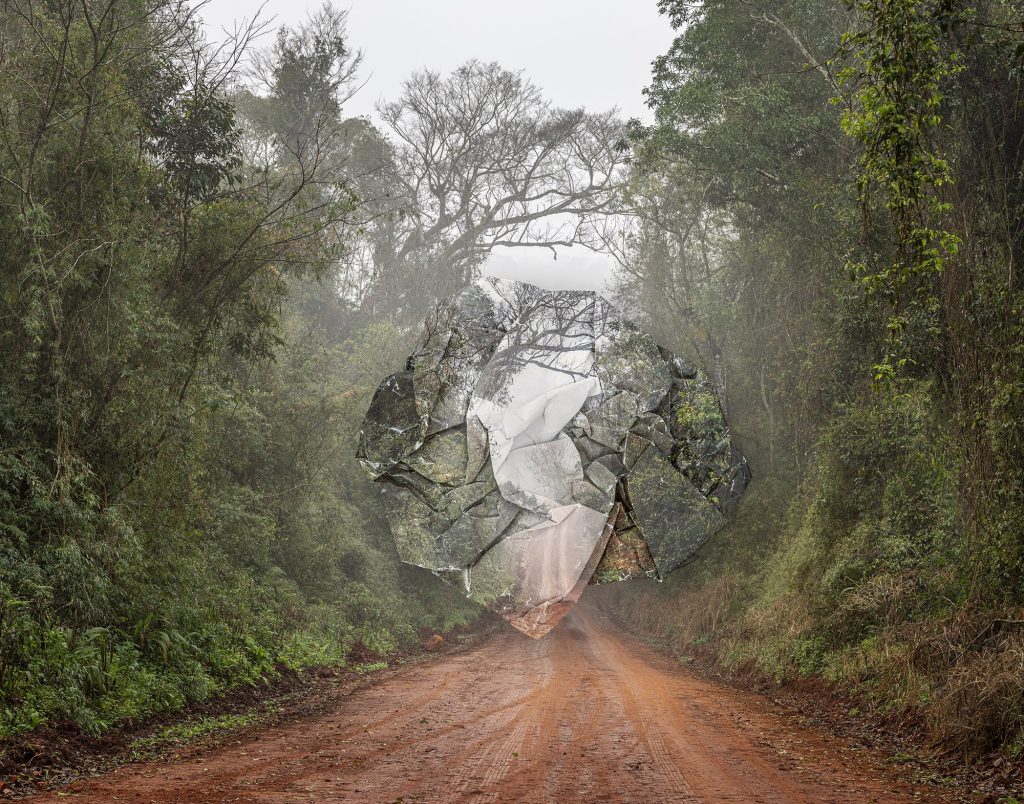 Topographies of Fragility XXIV
Topographies of Fragility XXIV
Do you often groups photographs for sale in series?
I think that you can talk about a “body of work” only after you have several photographs that work together cohesively, that talk about the same thing. In this way, the message you are trying to convey becomes more powerful. So, yes, I usually work in series.
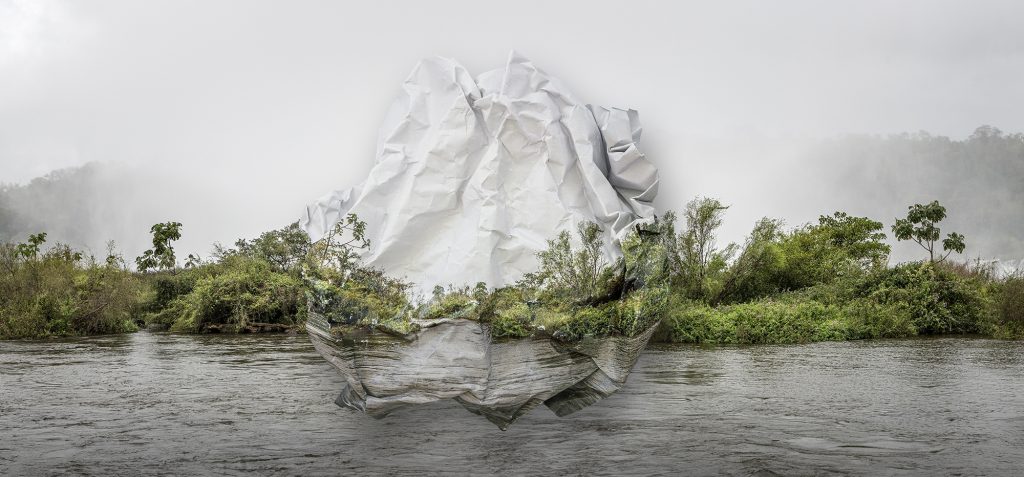
Topographies of Fragility XXV
What is you edition limit?
I work with an edition of 7 prints per artwork.
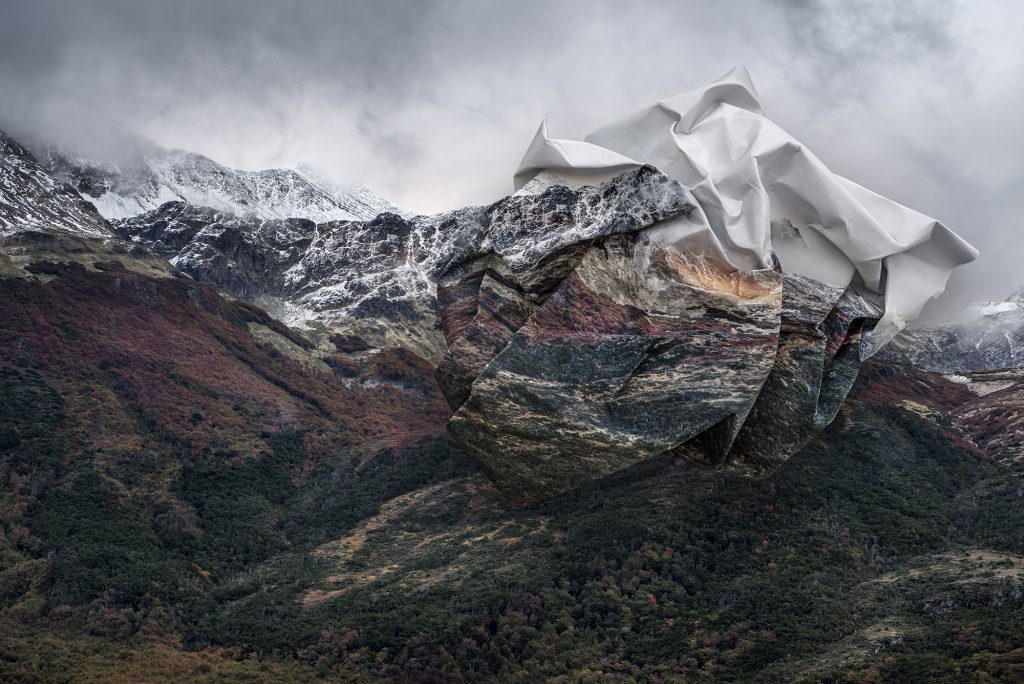 Topographies of Fragility XXXI
Topographies of Fragility XXXI
How many countries have you exhibited in? How have a few come about?
I have exhibited in the US, Canada, England, Portugal, Germany, Spain, China, Uruguay, and Argentina, of course. Most, if not all of them, have come about from Open Calls. In 2020, I committed to applying to art open calls at least once or twice a month within that year, and after this, things started to happen for me. I am so grateful!
Topographies of Fragility XXXIII
Comment on having a billboard with your work in Canada. Also, the importance of promotion of your work in ways like this?
In 2020, I was one of the Finalists of the Exposure Photo Festival in Calgary, and having the images on Billboards was part of the whole program of the Festival. I was delighted to see one of my images displayed in the city!
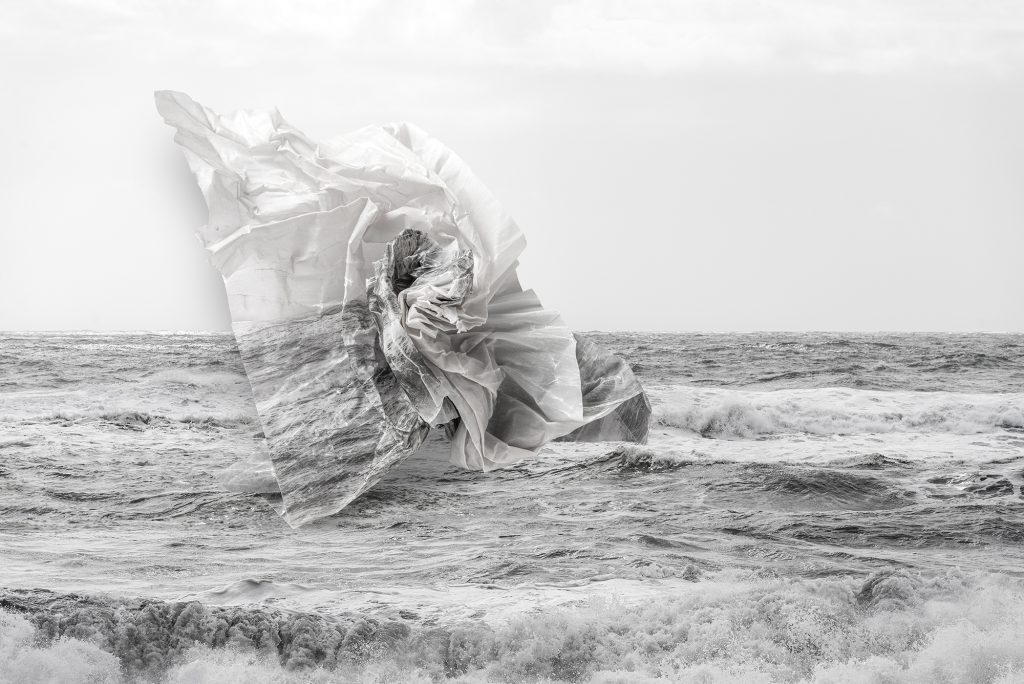
Topographies of Fragility XXXIV
Since I started working on this series, I have been pleasantly surprised to read comments from people who have written to tell me how my images made them stop and think and that they stuck in their minds afterward. A couple of professors have written saying that they were inspired after seeing my work to put the method into practice in their classes: their students took sheets of paper and scrunched them up before trying to flatten them back again, observing how the lines remain, and the folds cannot be undone. This later led to open discussions about our role in climate change. I found this very moving, as I never thought my work could have such repercussions.
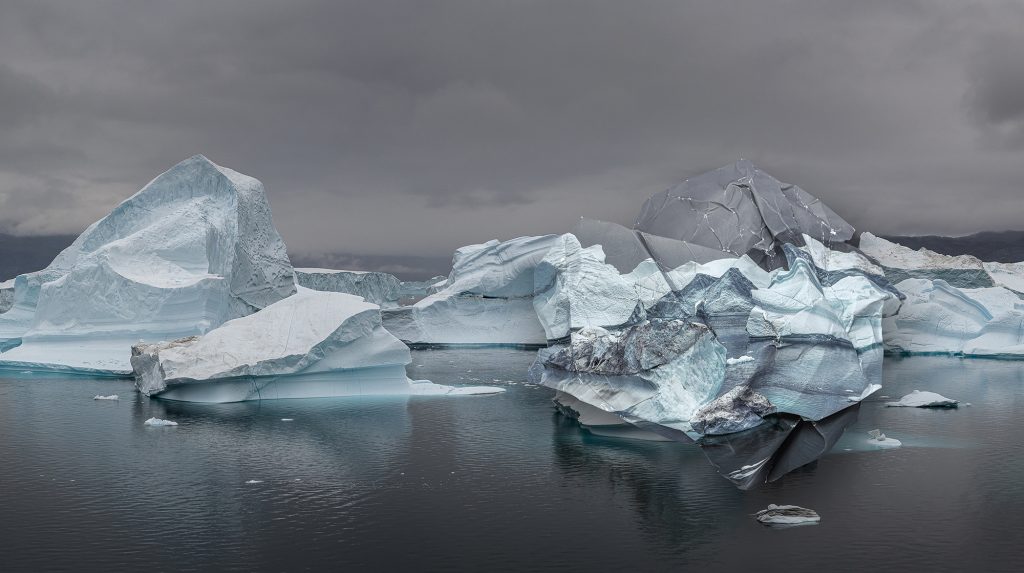 Topographies of Fragility XXI
Topographies of Fragility XXI
This made me feel that I could maybe be of help, by reminding people of what we stand to lose if we don’t change.
Now more than ever, I believe that art, and its emotional impact, can be a strong advocate for climate engagement both across society as a whole and for those in government.
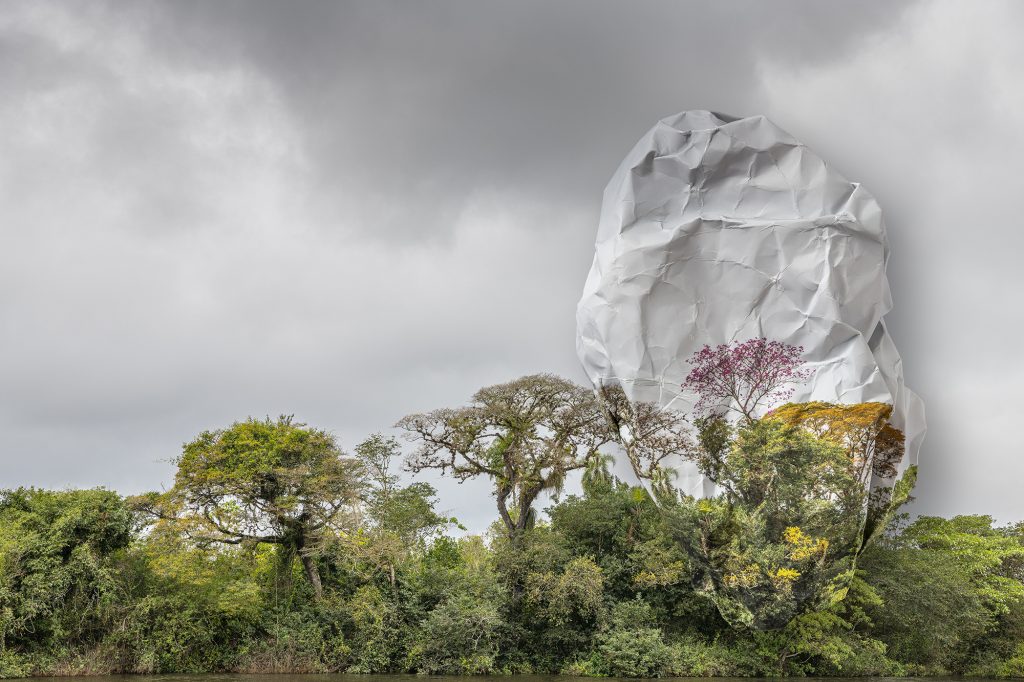
Topographies of Fragility XXIII
Discuss the importance of art in the process of healing and the significance of this in your life?
A few years back, my daughter and I used to love our underwater photography sessions; nature was our playground. Water has always had a strong presence in my life. When I was underwater, time stopped, and silence reigned; one could hear inner thoughts and the heart beating, slowing down. I felt safe in nature, protected, I felt strong. I desired these moments to last forever. Even today, being underwater brings us to that same instant. Nowadays, when photographing landscapes in my travels and looking through my camera, I invariably feel the “pull” of the scenery; I want to immerse myself and become part of it.
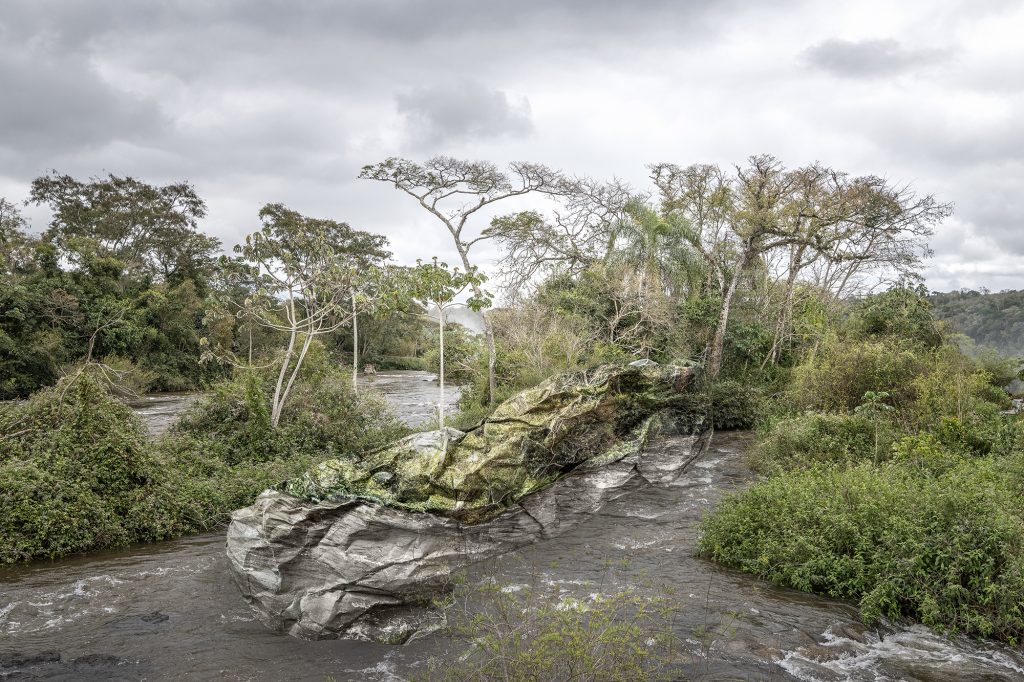 Topographies of Fragility XXVI
Topographies of Fragility XXVI
Nature has always been my emotional haven, a place of silence and solitude. I guess it was a kind of escape for me, a place of refuge from family issues. When I am surrounded by landscape, I feel I can breathe, think clearly, and replenish my energy; I feel empowered.
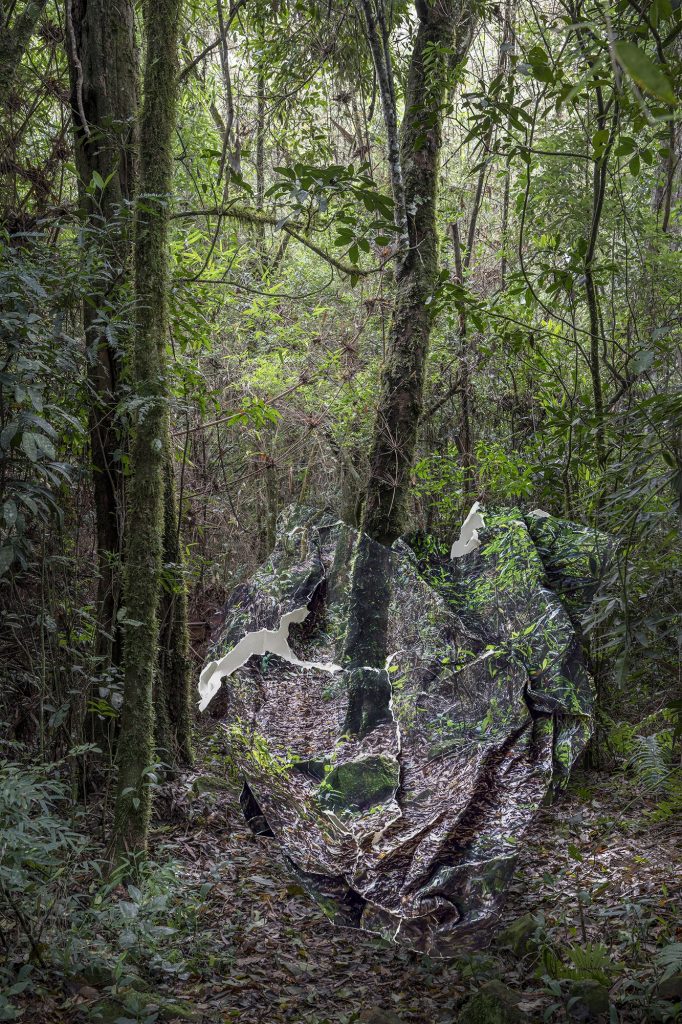
Topographies of Fragility XXVIII
Contact:
Ingrid Weyland,
Buenos Aires, Argentina
Website: ingridweyland.com
IG: @ingridwey
Deborah Blakeley, Melbourne, Australia
Interview by Deborah Blakeley, August 2023
Think a colleague or friend could benefit from this interview?
Knowledge is one of the biggest assets in any business. So why not forward this on to your friends and colleagues so they too can start taking advantage of the insightful information the artist has given?
Other artists you may be interested in:


